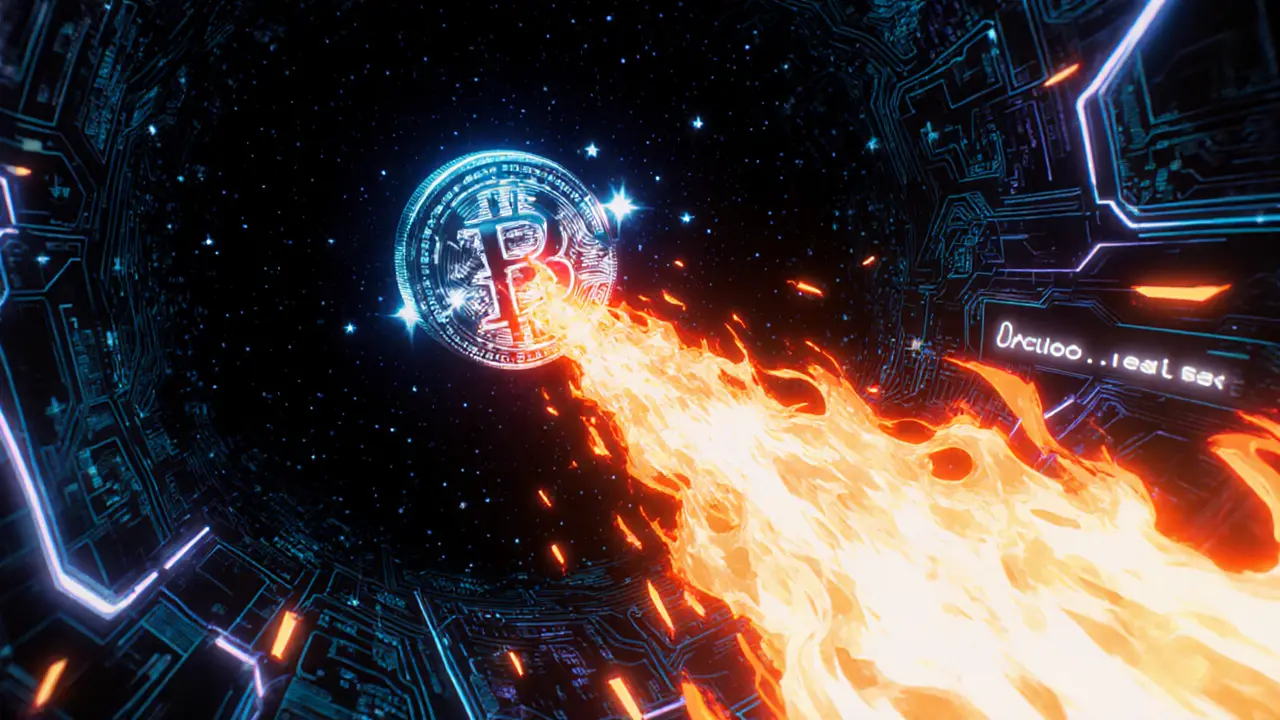Token Burning: Why Reducing Supply Matters in Crypto
When you hear Token Burning, the practice of permanently removing cryptocurrency units from circulation. Also known as coin burn, it helps shrink total supply and can influence price dynamics. In plain terms, a token burn is like tearing up a handful of paper money and tossing it into a fire – the money never comes back. Projects use this tool to signal scarcity, reward holders, or correct tokenomics that were too inflationary at launch. The process is transparent because every burned token shows up on the blockchain as an unspendable transaction, letting anyone verify that the supply really did shrink.
One of the biggest side effects of token burning is Supply Reduction, the net decrease in the number of tokens that can be traded. When supply falls while demand stays steady or grows, basic economics tells us the price tends to rise – a simple supply‑and‑demand story that many crypto traders watch closely. This relationship creates a natural incentive for projects to schedule regular burns, especially if they promised a deflationary model from day one. In practice, a well‑executed burn can boost community confidence, attract new investors, and even reset a token’s utility balance if too many coins were flooding the market.
How Deflationary Mechanisms Use Token Burning
Token burning isn’t a stand‑alone trick; it’s a core component of a Deflationary Mechanism, any design that intentionally reduces token supply over time. Popular examples include transaction‑fee burns (like Ethereum’s EIP‑1559), buy‑back‑and‑burn programs, and scheduled burns tied to milestone achievements. Each of these methods leans on the same idea: diminish the pool of available tokens so each remaining token represents a larger slice of the pie. Because the mechanism is baked into the token’s code, it can run automatically without needing constant human oversight.
The automation piece relies heavily on a Smart Contract, self‑executing code that enforces token burn rules on the blockchain. When a contract detects a trigger – say a certain volume of trades or a predefined date – it sends the designated amount of tokens to a Burn Address, an address with no known private key, making the tokens irretrievable. Once the tokens land there, they’re effectively removed from circulation forever. This chain of events – smart contract triggers, tokens moving to a burn address, and supply reduction – forms a reliable, tamper‑proof loop that builds trust among investors.
From a trader’s perspective, understanding these connections helps you spot real value moves rather than hype. Look for projects that back up their burn promises with on‑chain proof, check that the burn address is truly unspendable, and verify that the smart contract logic aligns with the token’s stated economics. When you see a transparent burn schedule, a solid deflationary plan, and an active community discussing the impacts, you’re likely looking at a token that uses burning as a genuine economic lever, not just a marketing stunt. Below you’ll find deep dives, guides, and case studies that walk through specific token burn events, how they were executed, and what they meant for price and ecosystem health.
Why Token Burning Boosts Crypto Value: Key Benefits Explained
Explore how token burning creates scarcity, controls inflation, boosts staking rewards, and builds investor confidence in the crypto space.

